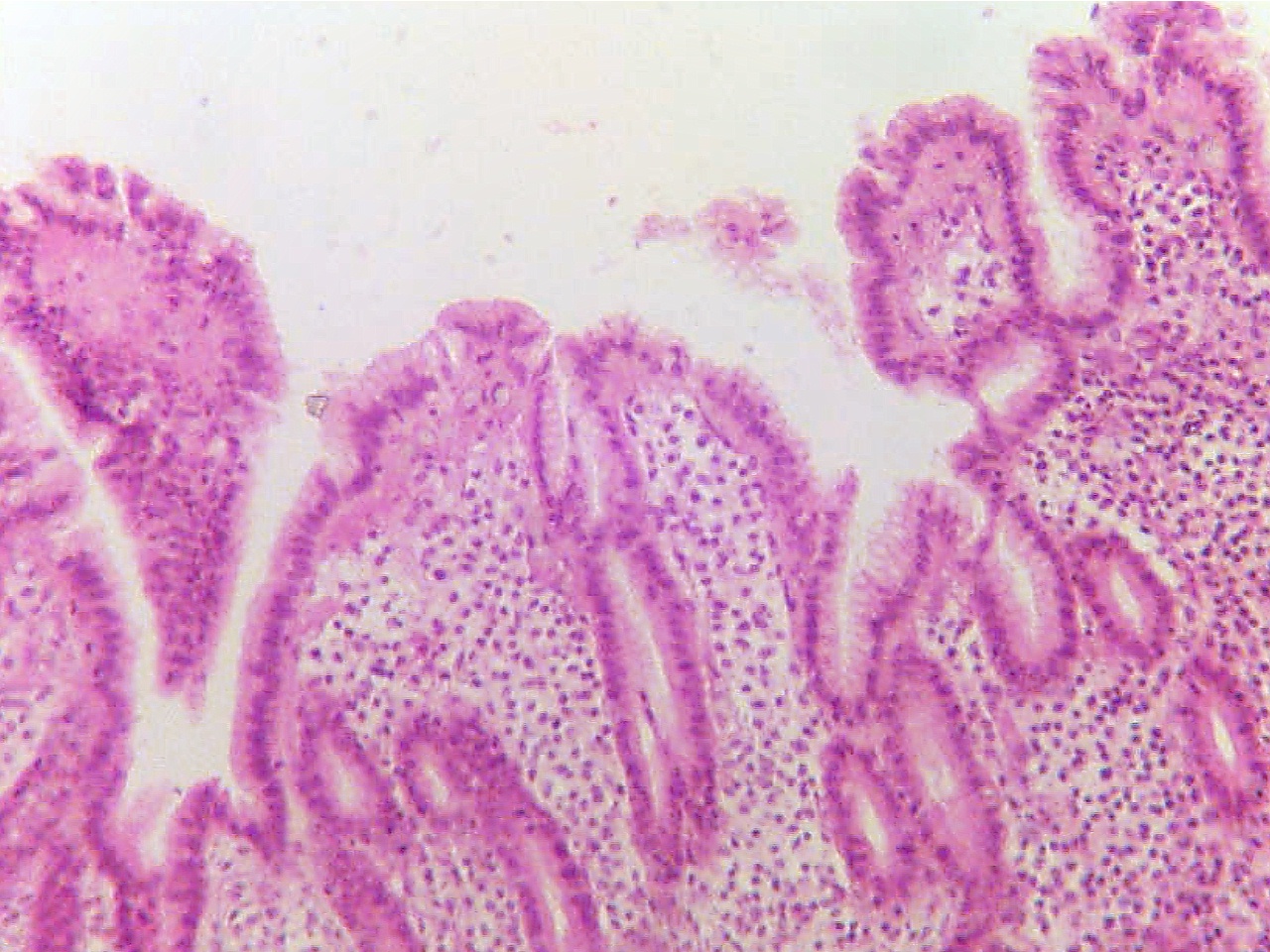 When thinking of melanoma, skin cancer due to ultraviolet radiation usually comes to mind. Less commonly, about 1% of melanoma patients can develop mucosal melanoma, which is associated with a poorer prognosis than the more well-known cutaneous melanoma. Researchers had not conducted a careful analysis of tumor thickness (T-stage) and related prognosis in mucosal melanoma before Dr. Claus Garbe and Dr. Aline Naumann, both of Eberhard-Karls-University in Germany, reported that T-stage at the time of diagnosis is strongly associated with survival.
When thinking of melanoma, skin cancer due to ultraviolet radiation usually comes to mind. Less commonly, about 1% of melanoma patients can develop mucosal melanoma, which is associated with a poorer prognosis than the more well-known cutaneous melanoma. Researchers had not conducted a careful analysis of tumor thickness (T-stage) and related prognosis in mucosal melanoma before Dr. Claus Garbe and Dr. Aline Naumann, both of Eberhard-Karls-University in Germany, reported that T-stage at the time of diagnosis is strongly associated with survival.
“We are the first to present 10-year survival rates for patients with mucosal melanomas of different anatomical localizations and show that the anatomical localization of the primary mucosal melanoma (vulva vs. non-vulva) is a significant prognostic factor,” stated the authors in “Primary Localization and Tumor Thickness as Prognostic Factors of Survival in Patients with Mucosal Melanoma,” published in PLOS One.
If patients’ melanomas had not spread widely and were less than one millimeter thick (T1) at the time of diagnosis, all survived (100% 10-year survival rate). At the other extreme, when melanomas had grown thicker than four millimeters (T4) by the time of diagnosis, significantly fewer survived (10.6% 10-year survival rate). There was a rapid drop-off in survival rate between T3 (two to four millimeters thick) and T4, as patients with T3 melanomas had a 10-year survival rate of 66.3%
Overall, 10-year survival rate was 71.7% for the 116 patients whose data was part of the Comprehensive Cancer Center and the Central Register of the German Dermatologic Society databases, indicating fewer patients presented T4 tumors. The median tumor thickness was less than three millimeters, but the largest was 20 millimeters thick. The thickest tumors were found in the gastrointestinal tract, with a median tumor thickness of seven millimeters.
Interestingly, when the cohort was separated based on vulva involvement, those with melanomas of the vulva had a 64.5% 10-year survival rate, compared to 22.3% for patients without vulva involvement. This is likely due to the median tumor thickness for patients with vulva melanomas: two millimeters.
A final analysis showed 82% of patients with documented lymph node status did not have regional lymph node involvement. These patients had a higher 5-year survival rate (56.2%) compared to the 5-year survival rate of patients with involvement of regional lymph nodes (5-year survival rate of 44.5%).
Together, these data concerning tumor location and thickness can give clinicians and patients an idea of the severity of prognosis a patient faces.


